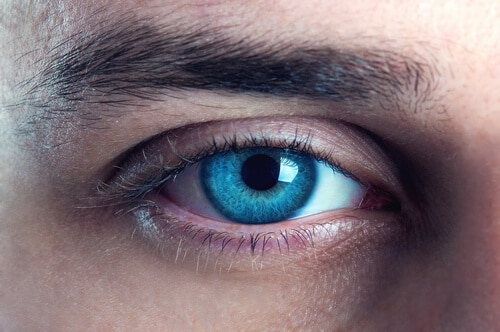The Different Kinds Of Vision Correction Offered By LASIK

As Americans receive more information about the ease and safety of laser eye surgery, vision correction procedures like LASIK have become more and more popular. While LASIK is still considered an elective procedure by most insurance providers, new plans that offer deals and discounts for vision correction surgery have started to pop up.
Refractive errors are caused by an inability to focus light correctly due to irregularly shaped corneas. During LASIK, a laser is used to reshape the corneas. There are three key types of refractive errors that can be corrected with LASIK.
Hyperopia
Hyperopia, more commonly known as farsightedness, is a condition that makes it difficult to see objects close up, even though distant options can be seen clearly. It’s usually due to a shortening of the eyeball. Hyperopia is one of those eye conditions that aren’t detected as quickly as other vision issues like myopia. Difficulties seeing objects at a distance are usually detected sooner because they are more obvious. On the other hand, hyperopia can be difficult to identify as an issue since people simply hold whatever object they’re trying to see clearly at arm’s length.
Comprehensive eye exams are usually the quickest way to detect hyperopia. Aside from LASIK, an optometrist can prescribe glasses or contacts to help with vision correction.
Myopia
Myopia, also known as nearsightedness, is the more popularly known and widely experienced refractive error that causes difficulty seeing objects at a distance. The exact causes of myopia are unknown, but it is believed to be a mix of genetic and environmental factors. Myopia is due to the lengthening of the eyeball, the opposite of hyperopia.
People with myopia have no trouble seeing objects that are nearby. It’s seeing objects and reading signs from afar that presents challenges. In fact, it is usually in school that people first notice myopia. If it isn’t already flagged during a routine eye exam, difficulty reading the chalkboard and following along with lessons is a sign that students are suffering from myopia.
The degree of myopia’s severity varies from person to person. In some cases, it corrects itself over time and in other cases, glasses or contacts are only needed when driving or in the classroom.
Astigmatism
Astigmatism is also due to an irregularity in the shape of the corneas. A mostly clear image is ruined by a blurry spot. Astigmatism can occur alongside myopia or hyperopia. Contrary to popular belief, astigmatism can be treated with LASIK.
What You Can’t Treat With LASIK
LASIK cannot treat presbyopia, an age-related deterioration in near vision (otherwise known as vision over 40). There are other options for this condition including glasses or a procedure known as KAMRA.
During LASIK, an ophthalmologist makes an incision in the eyes in order to use a laser to reshape the corneas. It’s a quick procedure that is normally completed within a day. Each eye takes about 10 minutes. Considering LASIK? Stop by one of our Inland Eye locations in Murietta or Temecula to speak to one of our specialists or give us a call to book a consultation today.
